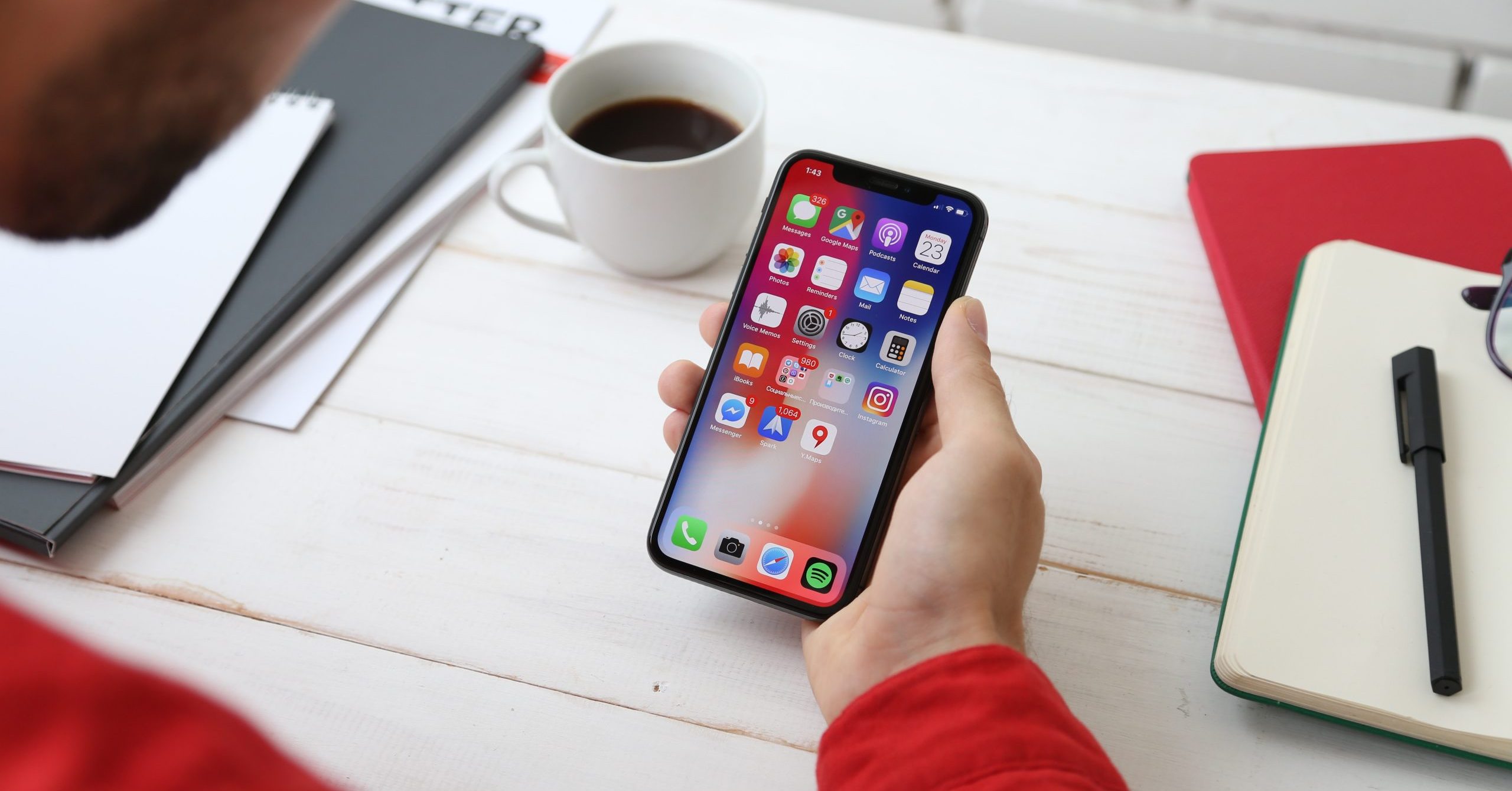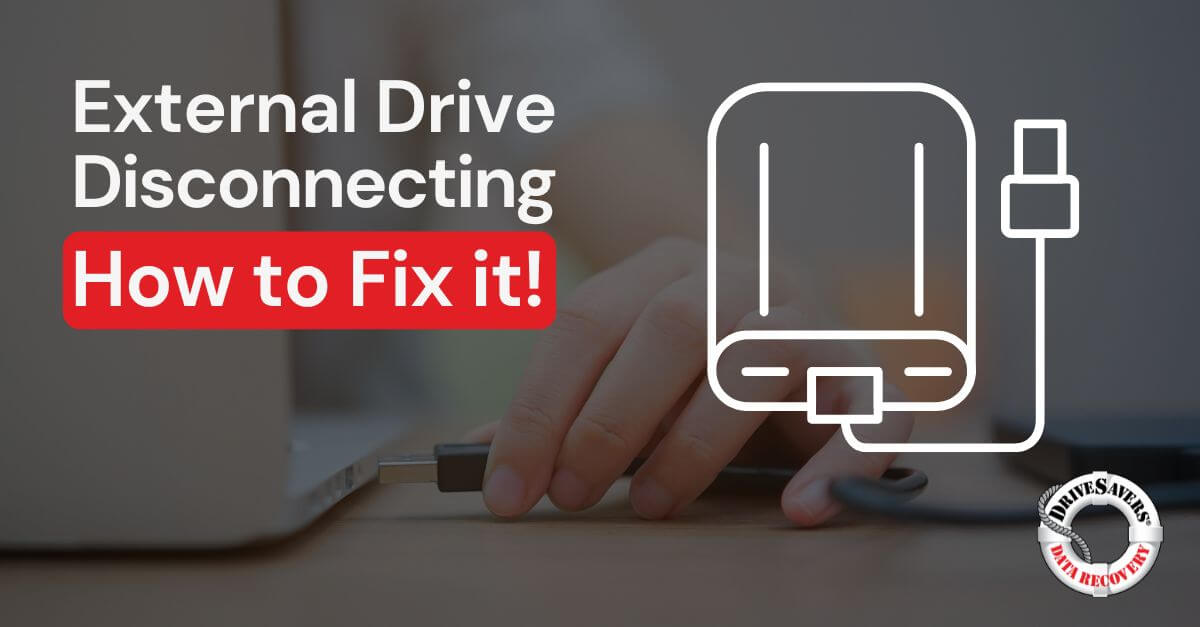Discover chilling tales of broken and damaged phones—rescued from fire, ice, and more by DriveSavers expert phone data recovery. Learn how lost data, photos, videos, and messages can be retrieved even from shattered Android devices and iPhones.
Save Your Smartphone from Summer

By Will DeLisi, NAND Flash Recovery Specialist, and Jim Alcott, Data Recovery/Forensic Engineer
School is out and summer is officially here. What are your plans now? If you’re like most people, the beach will fit somewhere into your summer schedule. You will likely also visit a pool several times and perhaps take a ride on a boat. You will certainly find yourself in a hot car more times than you’ll want to count.
DriveSavers receives more smartphones during the summer months than the rest of the year combined. Why? Three words: heat, water and sand. Here are some things to look out for and ways to protect all the photos, videos, texts, games and other irreplaceable data stored on your smartphone, whether it’s an iPhone, Android or another type.
Heat
The temperature inside a car rises far above outside temperature surprisingly quickly. On a beautiful, 95º F summer day, the temperature inside your car can exceed 130º in only thirty minutes. More time equals higher temperature. Leaving the windows cracked doesn’t make much difference.
Typically, phones function best above the freezing point and below 95º F. When the mercury rises past that point, there are two things that could happen: You could lose data, or your battery could explode.
The lithium-ion batteries in mobile devices have circuits designed to prevent overheating. But if those circuits are damaged, the battery could go into a process called “thermal runaway,” in which it produces excess heat, causing additional reactions, which create more heat until the gadget that holds all your vacation photos could actually erupt in flames.
Most phones are equipped with fail-safes that put them into protective mode when the heat is on. For instance, an iPhone or Android phone will pop up a temperature warning, then start trying to cool itself off by dimming the screen or lowering cellular signal. Not only does this limit what you can do on your phone, but if the preventative measures don’t work, you could end up losing data — including all those pictures you just took of your son’s college graduation.
Device advice: Keep your phone or tablet out of direct sunlight and don’t leave it in your car, where temperatures can reach over 120 degrees, even on an 80-degree day.
Water
So you have a “water resistant” phone now, eh? We don’t suggest that you test that. The market has become flooded (pun intended) with water-resistant phones, but it is important to remember that water resistant is NOT the same as waterproof.
For information about how to find out exactly how water resistant your smartphone is without actually putting it to the test, along with information about what can compromise your phone’s water resistance and indicators that water has found its way inside your device, read How Waterproof is Your Phone?
To find out what actually happens inside your smartphone when water gets inside of it and learn some tips to prevent data loss in this situation, read What Happens When a Smartphone Gets Wet?
In the meantime, we recommend you just keep it dry.
Device advice: Obviously it’s a good idea to keep electronics away from water, or put them in waterproof cases. If that fails, remove the battery as quickly as possible (assuming your phone’s battery is removable) and dry off the device. Then, hurry up and send it to DriveSavers to get back all your family vacation photos before they’re gone forever.
Sand
Sand gets into a lot of places you don’t want it to. Try to keep your phone’s headphone jack and power cord port covered so nothing gets in there. Sand can do a lot of damage and jam up the inputs, rendering them — and possibly the device as a whole — useless.
Device advice: Waterproof cases and bags can double as sandproof. While not as stylish, a simple Ziplock baggie can also do the trick. If sand does make its way into the ports, try spraying it out using a can of compressed air, which you can pick up at most electronics stores. But be warned, it could end up pushing the grains further in.
Back Up, Back Up, Back Up!
Yes—we say this a lot. That’s because you never know what might happen, whether your phone gets run over by a car, or dropped in the ocean after that water resistant seal has been cracked or otherwise compromised. Take a minute and think about what you have stored on your phone: photos, videos, notes, contacts and more. How would you be affected if you lost it all?
Back up your data by making copies to a computer or an online (cloud-based) account. There are many choices, including Google Drive, iCloud, iTunes and programs provided by your carrier. Many are fee-driven services, so check to see how much data can be protected and what it costs per month. In any case, a backup copy or two will be a lifesaver if your phone becomes victim to a disastrous summer situation.
As you add data like pictures to your backup, remember: You are only protected if you have at least two copies of the same material in separate places. If one copy is unavailable, you can revert to the other and not lose anything.
It’s true that DriveSavers has great success with every type of device with just about every type of damage, including phones damaged by heat, water and sand. However, you can save yourself some stress by simply having a backup strategy that you regularly follow.




